Superstars of Indian Cinema
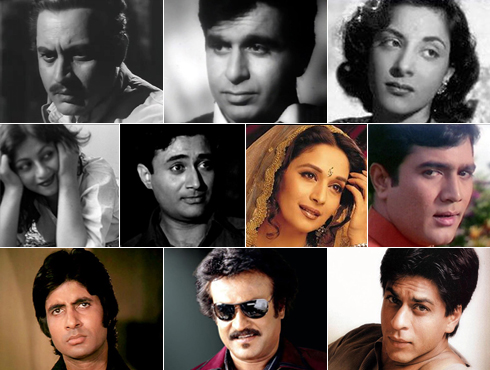
Superstars of Indian Cinema
From silence to sounds, from monochrome to colour – Indian cinema has been both the breeding ground and the receptacle of innumerable changes through its years of inception, growth and maturity. Over a span of an entire century, we have seen stars who shone bright in the film firmament of India, and many shooting stars who fell prey to the cruel designs of fate. Though the word ‘superstar’ is highly contextual, the people who enjoy the sobriquet are much, much more than what that word entails. Many people have had an indispensible role in the metamorphosis of Indian cinema, and the list would hit the bottom of the world and yet not be over. Here’s taking a look at some of these stalwarts who have crafted Indian Cinema to the level of perfection.
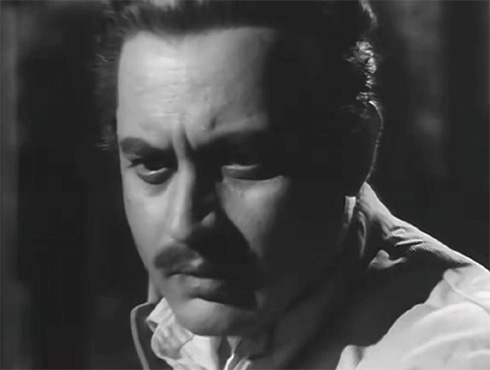
Guru Dutt
Born Vasanth Kumar Shivashankar Padukone, the Tragic Hero of Indian cinema justified that word both in life and in death. Guru Dutt’s jaw-dropping performances in each of his movies shot Hindi cinema to a level only few can aspire to reach. During the years he was active, he delivered blockbusters one after the other. Films like ‘Pyaasa’, ‘Kaagaz Ke Phool’, ‘Sahib Bibi Aur Ghulam’, ‘Chaudhvin Ka Chand’ all are living reminders of Guru Dutt’s consummate acting skills. His versatility was evident in the fact that apart from stunning with his acting, the star directed and produced films and choreographed songs too. An epic would fall short if the task of writing about Guru Dutt is embarked up on. The man entertained his viewers and enthralled them with his acting. Guru Dutt’s performances of the tragedy-stricken hero were just the tip of the iceberg as far as his real life was concerned. His real roles all fell dull in front of the tragedy that his life was. And he quit the world at the young age of 39 – thanks to a self-inflicted overdose of alcohol and sleeping pills.
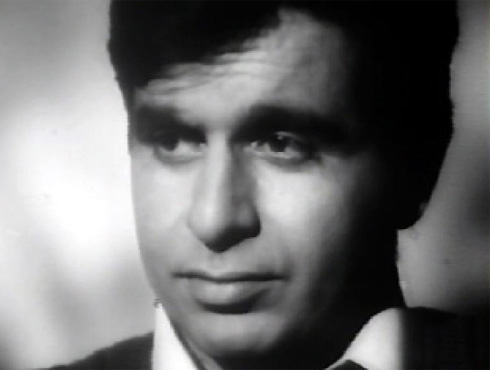
Dilip Kumar
Satyajit Ray had bestowed the title of ‘the ultimate method actor’ to Dilip Kumar. With his maiden film ‘Jwar Bhata’ in 1944, Dilip Sahaab proved his mettle in the industry. And over a span of half a century and 60 films, the actor has only sharpened that proof of his. Essaying the role of the eponymous Devdas Mukherjee in Bimal Roy’s adaptation of Sarat Chandra Chattopadhyay’s epic tragedy, earned Dilip Kumar the title of ‘Tragedy King’ in the Indian film industry. After his debut in 1944, the actor gifted Hindi cinema with many spectacular masterpieces. He has been awarded with eight Filmfare Awards for the Best Actor in a Leading Role, a feat achieved by only him and Shah Rukh Khan. Dilip Kumar has now retired from work. His films have received worldwide acclaim and his performances have been lauded through the decades. Till date, he remains synonymous with tragedy in Indian cinema.
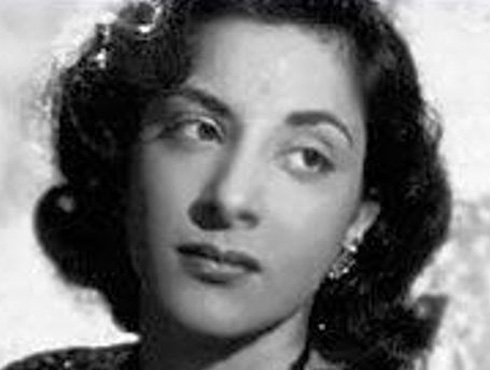
Nargis
Portraying the character of Radha in ‘Mother India’ was a watershed event for Fatima Rashid – better known to the world as Nargis Dutt. Considered one of the greatest actresses of Indian cinema of all times, Nargis was most active during 1942 to 1967. In 1958, her relationship with actor Sunil Dutt culminated in marriage. From the sets of ‘Mother India’ where Sunil Dutt had reportedly saved Nargis’ life from a fire, their love blossomed into a fruitful marriage. Nargis quit the film industry after her marriage, but did appear in a few films post 1960. Nargis died an untimely death in 1981 after being diagnosed with pancreatic cancer. Her films like ‘Birha Ki Raat’, ‘Raat Aur Din’, ‘Tamanna’, ‘Mother India’ are all considered classics movies. Nargis was often paired with Raj Kapoor, and the duo crackled on the silver screen with their remarkable chemistry.
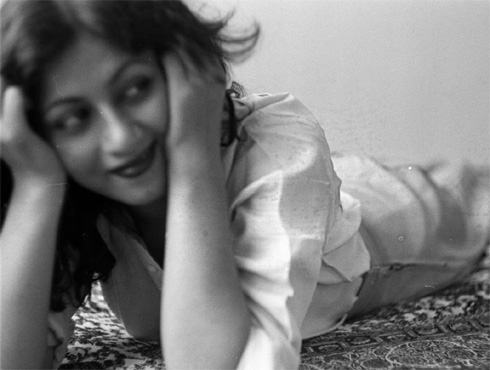
Madhubala
If in India somebody has the unique distinction of appearing in the most number of successful films in the shortest period of time, it undoubtedly is Madhubala. A career spanning about eighteen years saw her delivering splendid performances in about 70 movies. A much turbulent personal life and constant rumours of liaisons with many names in the industry caused considerable damage to the star’s image. A fiasco involving Dilip Kumar, her then lover, and Madhubala turned exceeding bitter and resulted in the end of the relationship between the two actors. Her marriage to Kishore Kumar, too, was fraught with too many difficulties. Madhubala shot to fame with her success in ‘Mahal’, and many remarkable films and stunning performances followed suit. Her performance in ‘Mughal-e-Azam’ won her much praise from her fans and critics alike. She died following severe illness at the young age of 36 in 1969. Madhubala was once endowed with the honour of being the ‘Biggest Star in The World’ (Theatre Arts Magazine, August 1952).
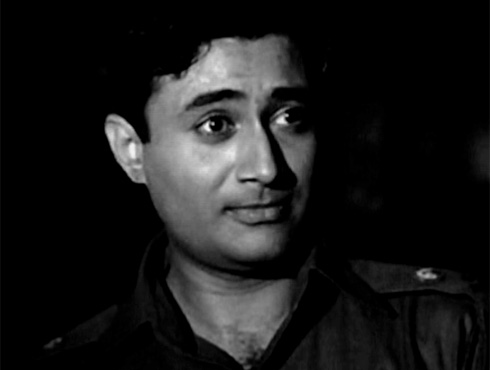
Dev Anand
Dev Anand, with his 109 films in which he was cast as a lead actor and his career spanning over six decades, was an actor on whom the dents of time were visible, but not to an overwhelming degree. His strong movies, brilliant performance as the romantic hero, his trademark look are all iconic now. Dev Anand, apart from working in Hindi films, has two English movies to his credit as well. His romantic involvement with yesteryears’ star Suraiya left a considerable impact on the life of the actor. Films like ‘Ziddi’, ‘Baazi’, ‘Paying Guest’, ‘Birha Ki Raat’, ‘Guide’, ‘Jewel Thief’ still shine steadily in the history of Indian cinema. Dev Anand and every character he played were so intertwined with each other that people started identifying him with the roles he played on screen. Before long, Dev Anand got into the mould of the romance hero, and is lauded for his performances till date. He died of a cardiac arrest in 2011.
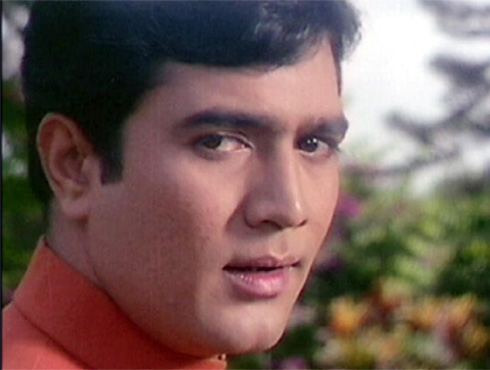
Rajesh Khanna
Jatin Khanna, better known as Rajesh Khanna, is often referred to as the ‘First Superstar’ of Hindi Cinema. The film ‘Aakhri Khat’ marked Rajesh Khanna’s debut in Hindi cinema, and he never looked back after that. Films like ‘Raaz’, ‘Baharon Ke Sapne’, ‘Aradhna’ bear glowing signatures of his unparalleled acting. Rajesh Khanna’s marriage with Dimple Kapadia ended on a sour note, and the couple separated after eleven years of togetherness. Rajesh Khanna’s stardom reached vertiginous heights, and he began receiving letters written in blood from fans. His cars were mobbed and covered with lipstick marks, his name was heard being chanted along roads where he travelled and he had to carefully elude hysteric producers each day as they crowded in front of his bungalow. The actor holds a still-unbroken record of fifteen consecutive solo superhits, during the years 1969 to 1972.
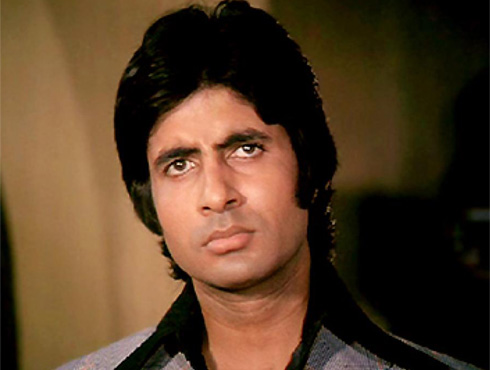
Amitabh Bachchan
The man who had once been rejected a job with the All India Radio for his voice rose to fame due to his distinct baritone, so much so that if today in India there exists a voice which can be identified by anybody of any age; it is Amitabh Bachchan’s. Amitabh Bachchan – the superstar – is now the most recognisable face of the Hindi film industry, and the most influential actor in the history of Indian cinema. Bachchan’s achievements rank from the mundane to the extraordinary, his rolls of honours are never-ending, and his liaison with Hindi films is path-breaking. During 1970s, the repressed existential angst of the youth of the country found a megaphone in Amitabh’s Vijay. Thereafter, Bachchan came to be identified with the sobriquet ‘Angry Young Man’. He has acted in over 180 films, and has delivered innumerable successful blockbusters. Amitabh Bachchan is the most-talked about actor in the country today, and he has enjoyed this enviable position for a considerable amount of time. Even at the age of 69, Bachchan continues to inspire, mesmerise and revolutionise the youth of the country – with not just his persona, but his immaculate sense of style too!
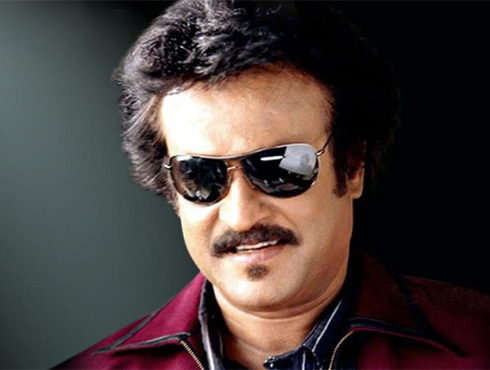
Rajinikanth
A cultural icon, a true superstar, the recipient of Padma Bhushan, an accomplished actor and so on. Rajinikanth is one person about whom probably no adjective would be able to deliver adequate justice. In 2007 with his movie ‘Sivaji’, he became the highest paid actor in Asia after Jackie Chan. After being paid Rs. 26 crore for ‘Sivaji’, Rajinikanth gained an unshakeable pedestal in the cinema scene of the entire country. He has acted in many films across various film industries in India and abroad. His characteristic mannerisms and idiosyncratic dialogues catapulted him to the status of a cult icon. He still holds the status of a matinee idol and popular culture still upholds him as a superstar. Rajinikanth’s strong influence on the politics of Tamil Nadu makes him one of the most influential actors of the day. At the age of 61, Rajinikanth is still an intimidating name in the industry, and his overshadowing reputation is one that is still cast in concrete in the country.
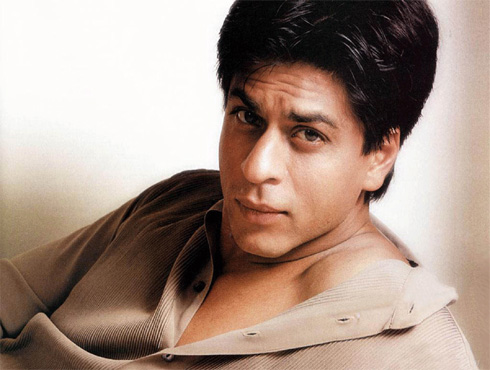
Shah Rukh Khan
Goes without saying that an actor whose motto in life is “I want to make movies so damn bloody big...that my parents somewhere sit down on a star and from there also can look at their son and say `I can see his movies from here better than I can see the Wall of China…”, is bound to succeed. Shah Rukh’s dream to ‘make movies so damn bloody big’ is a dream that is nothing short of the truth today, and with each passing moment, it just keeps getting better. From Shah Rukh Khan the ordinary teenager to Shah Rukh Khan the superstar is a journey that King Khan has undertaken with brilliant calibre. He thwarted his humble backgrounds, showed his thumb to ordinariness and achieved the much-envied position that he enjoys today. Since his entry into the Hindi film industry with ‘Deewana’ in 1992 to earning the title of ‘King Khan’ and winning over billions of hearts, was a trajectory the likes of which make for biographies in the syllabi of schools. His numerous anecdotes of hard work and resultant success are now carved in gold in the hearts of all his fans. With movies like ‘Dilwale Dulhaniya Le Jaayenge’, Kuch Kuch Hota Hai’, ‘Devdas’, ‘Chak De! India’, ‘Swades’, etc., Shah Rukh holds the distinction of being one of the most successful and leading actors of India today. And the end of the story of King Khan is nowhere in sight. His films continue to straddle between the domains of colossal success and occasional failure, but the Badshah lives on.
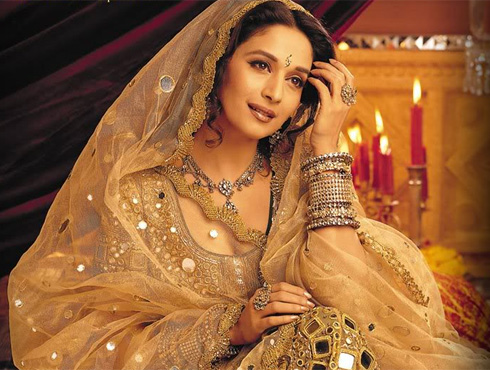
Madhuri Dixit
When flawless beauty, accomplished acting skills and consummate dancing are found in a single person, a movie can hardly not turn out to be a hit. Such is the charm of Madhuri Dixit. To be a painter’s muse and have an entire film as a tribute to oneself during one’s lifetime is a feat that only few can achieve. Madhuri Dixit has made it possible. M.F. Hussain’s numerous paintings depicting the actress in myriads of feelings, and the movie ‘Gaja Gamini’ are living reminders of the fact that Madhuri Dixit is nothing less than a superstar. A fine actress and an accomplished Kathak dancer, Dixit shot to fame with the 1988 blockbuster ‘Tezaab’. Her foray into the Hindi film industry might not have received much recognition, but the films that she went on to do transformed her into a sensation in the country. Films like ‘Dil’, ‘Saajan’, ‘Beta’, ‘Hum Aapke Hai Kaun?’, ‘Devdas’, etc., were all top-grossing ones at the Box Office. Madhuri’s pedestal of one of the leading actresses of Hindi cinema perhaps still remains unclaimed. Her marriage to US-based cardiologist Dr. Shriram Madhav Nene saw her quitting films and settling down in Denver, US. She had been absent from films for about a decade before returning to India with ‘Aaja Nachle’ in 2007.
By Ananya Bhattacharya







